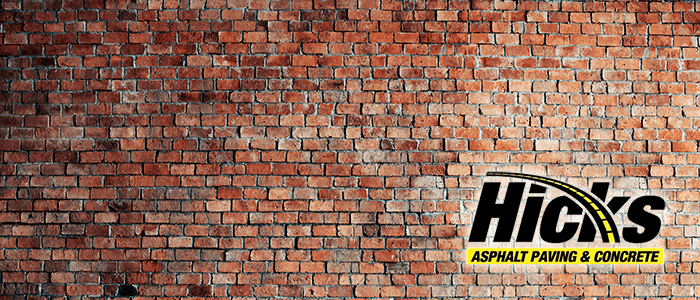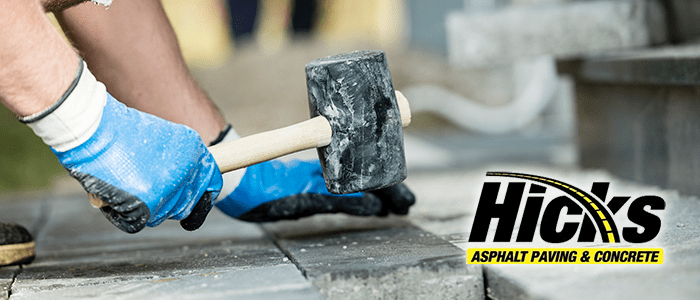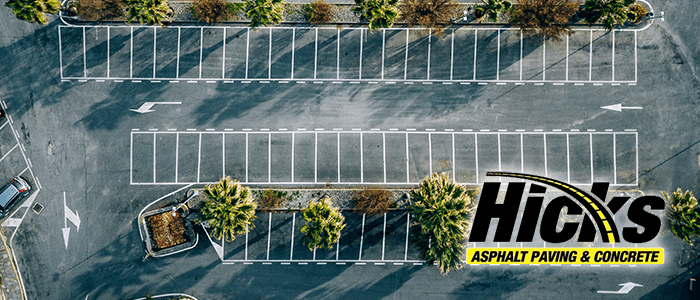We have discussed potholes before, but what are they? Well to start, a pothole is a hole in the roadway that varies in size and shape, ranging from a few inches wide and deep to a few feet wide and deep. They are caused by water seeping in through cracks in the pavement and freezing. Read on to learn all of the basics about pothole formation and repair
Creation Process
When the water freezes it expands, causing cracks that weaken the pavement. The frozen water under the pavement doesn’t just expand sideways, it expands upwards and downwards also. As those cracks form, the cars driving over them progress the breakdown process. The cars are driving, not only cracks but also holes under the pavement now. After days and days of that movement and pressure, the pavement finally gives way to the underlying holes. The hole finally breaks through the surface layer of pavement and there is a pothole.
Pothole Dangers
Potholes might just seem to be annoying, but they can cause a lot of damage to a driver’s car. Some common dangers are:
- popped tires- the impact to the tire causes damage to the sidewall, which is the weakest part of a tire
- suspension damage- the impact to the tire causes the suspension to ‘bottom out’ which is when it reaches the max bending component
- wheel damage- it can cause bends, dents, or cracks to a wheel
- alignment damage- hitting a pothole can through off the alignment of the car which then increases tire wear and poses a threat to other drivers
- swerving- when a driver swerves to miss a pothole, they then pose a threat to cyclists on the road and possibly other drivers
Fixing Potholes
So when fixing potholes there are a few options. The most common are the Throw-and-Go method, the Throw-and-Roll method, the Semi-Permanent method, and the Spray Injection method. Each of these methods are patching processes used by companies everywhere.
Throw & Go
The throw-and-go method is when the patching material is placed into a pothole and lightly compacted by the shovel used. It is a temporary fix.
Throw & Roll
The throw-and-roll method is similar to the throw-and-go method. The patching material is placed in the pothole and is compacted by one of the vehicles being used on sight by the team performing the patch. It only takes a couple of minutes longer than the throw-and-go patch but will last longer.
Semi-Permanent
The semi-permanent patching is when the sides of a pothole are squared off and to a depth where the pavement is sound. Then the patching material is placed and compacted by a machine such as a vibratory plate compactor or a single-drum vibratory roller. This compacts the pothole quite well and provides longevity to the patch.
Spray Injection
The spray injection method is most useful when repairing transverse cracks and potholes. First, a layer of a binder is sprayed all around the inside of a pothole. Then, asphalt and aggregate are used to fill the pothole and another layer of aggregate is added on top of that mix. No compacting is needed with this method.





